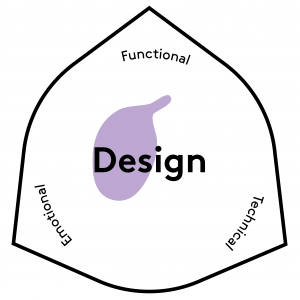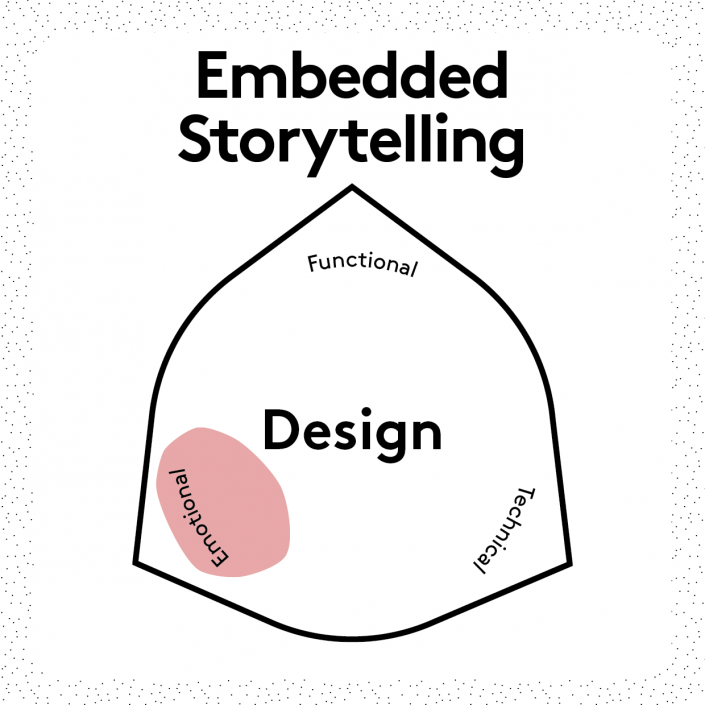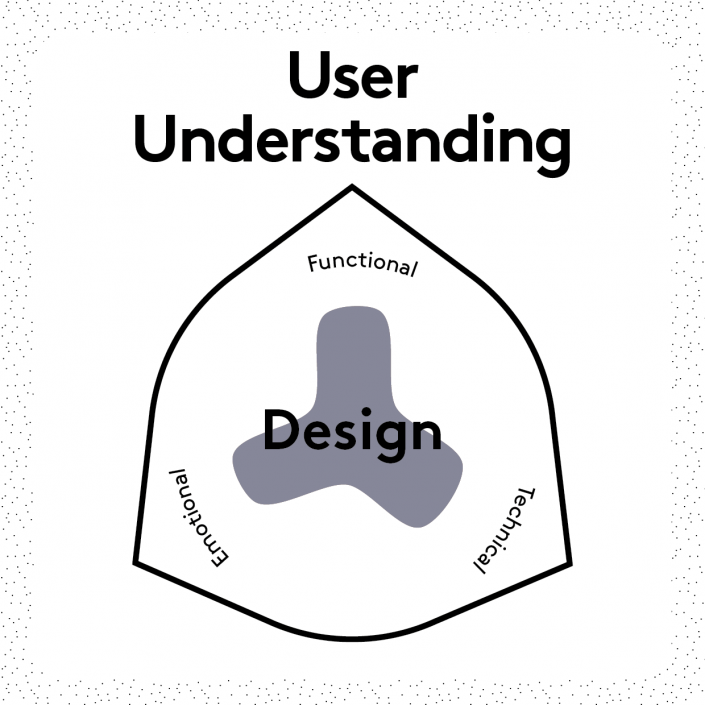What?
The design process is carried out, fully or partly, in collaboration with future users or other relevant actors.
Why?
Co-creation can support product longevity:
- Designing from user-specific insights, desires and needs.
- Creating a sense of product ownership amongst stakeholders. People involved in the design of a product/solution will be more likely to adopt it, advertise it and keep using it longer.
Challenges
- Users may not be conscious about or able to articulate needs and desires.
- Various actors involved in the co-creation of a product can have conflicting agendas and ‘languages’, making their cooperation difficult.
- Temporal and/or financial limitations within the design process.
Examples
- Design tools such as the Co-Creation cards, by Silje K. Friis.
- Birger Christensen’s past practice of involving users in the design process via dialogue between designer, patternmaker and costumer in the shop and during fitting.
- Berlin based studio Raumlabor works with diverse citizen-engagement media and channels to reinvent cities.
Further Reading
Gwilt (Ed.) (2015). Fashion Design for Living. Routledge.
Manzini (2015). Design, When Everybody Designs. MIT Press.
Trencher et al. (2017). Implementing Sustainability Co-Creation between Universities and Society: A Typology-Based Understanding. Sustainability, 9, 594.







